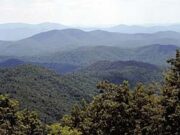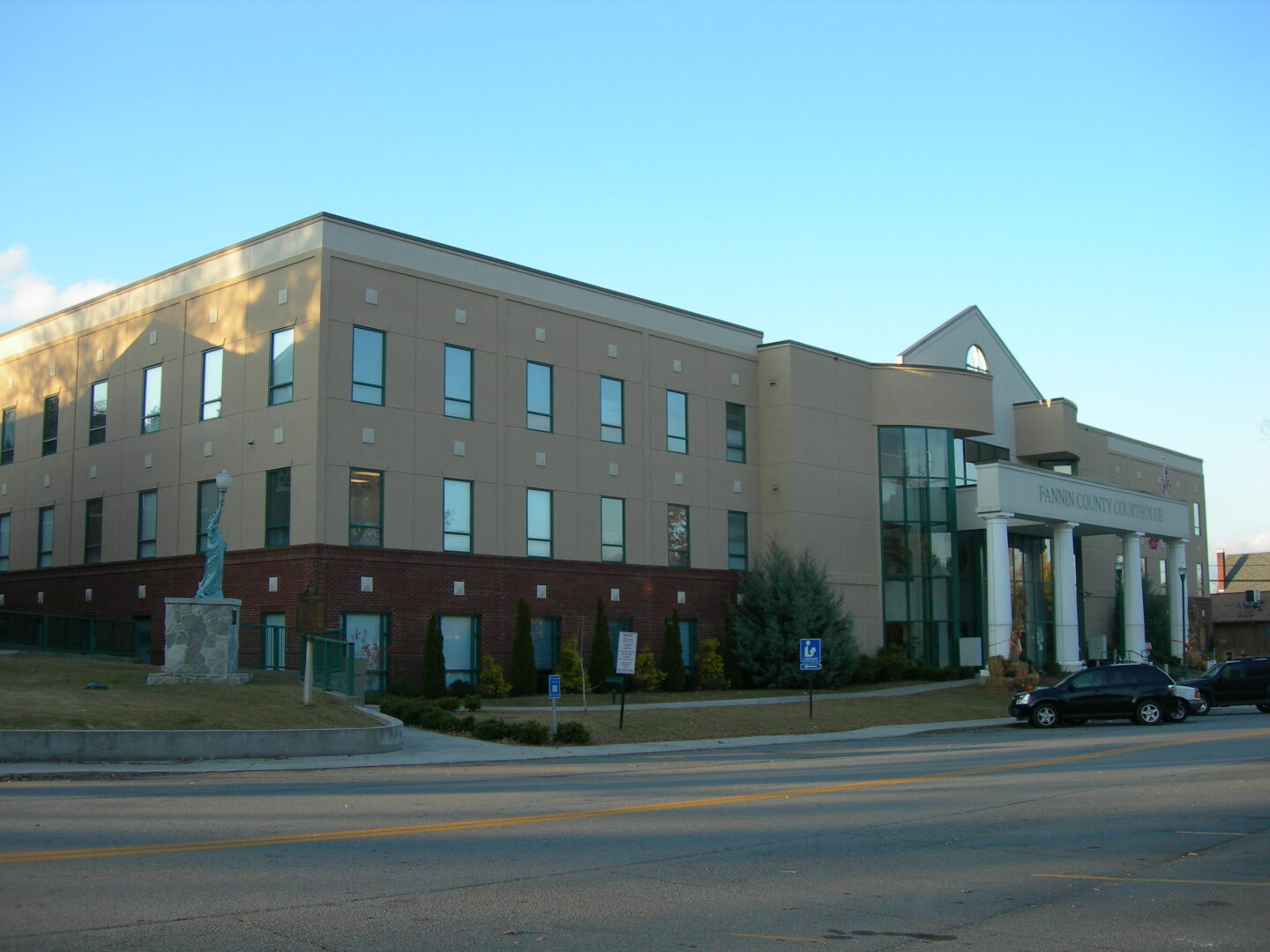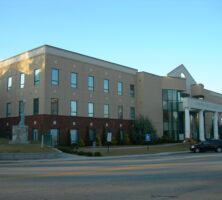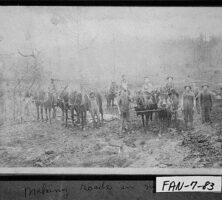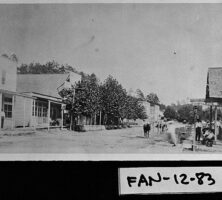Fannin County, in the Blue Ridge Mountains of north Georgia, was formed January 21, 1854, when Governor Herschel Johnson signed into law an act proposed by state senator Benjamin F. Chastain of Old Gilmer. The law divided portions of Union and Gilmer counties to create Georgia’s 107th county.
Located on former Cherokee land, the new county was named for Georgia native James Walker Fannin Jr., a soldier in the Texas Revolution. He and his 342 Brazos volunteers were captured and massacred at Fort Goliad, Texas, on March 27, 1836. Because 141 of Fannin’s men were Georgians, state representative Elijah W. Chastain suggested the name Fannin to honor the “Hero of Goliad.”
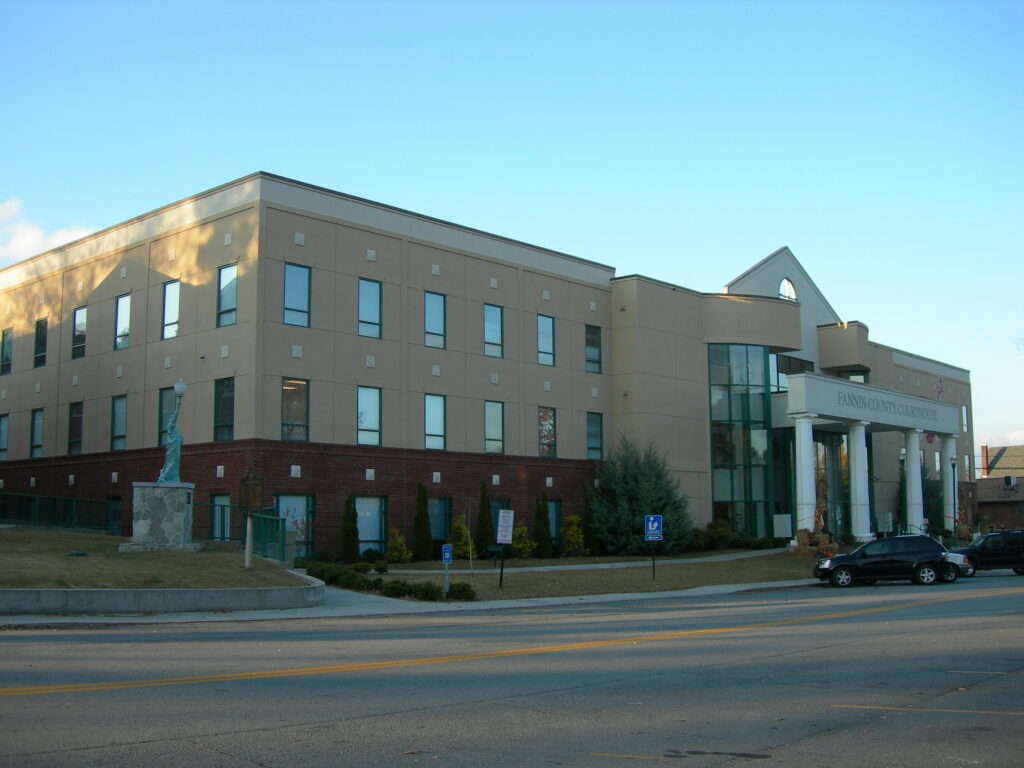
The first county officials met at Joab Addington’s store at Toccoa, once called Tuckahoe, where the first post office was established in 1837 by Benjamin Chastain. (The present-day seat of Stephens County, also called Toccoa, is a different town.) The first county seat was Morganton, where the courthouse was built in 1855.
Fannin’s representatives were divided during the 1861 Secession Convention, held at Georgia’s capital in Milledgeville. Elijah W. Chastain, a strong states’ rights proponent, voted for secession, while W. C. Fain voted to remain in the Union. Loyalties were likewise divided throughout the county. About two-thirds of Fannin’s citizens remained loyal to the Union while one-third supported the Confederacy during the Civil War (1861-65). Six Confederate companies were formed from volunteers in the county. Those joining the Union army went to Tennessee to enlist. No Civil War battles were fought on Fannin soil, but because of general lawlessness and home guard persecutions, the land was ravished and the people left destitute. Following the war many citizens moved west seeking a better way of life.
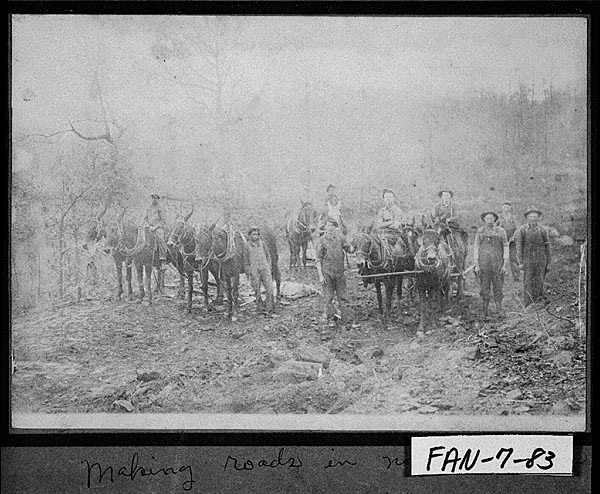
The Marietta and North Georgia Railroad arrived in Fannin County in summer 1886. The town of Blue Ridge was incorporated on October 24, 1887, at the terminus of the rail line. Because it was difficult for judges and lawyers to get from the train station in Blue Ridge to the courthouse in Morganton, a referendum was proposed to change the county seat to Blue Ridge. A two-thirds majority favored the change, and the legislature approved the change on December 13, 1895. Blue Ridge has remained the county seat. The present courthouse, erected in 2004, is the fourth to be constructed in the county.
The railroad no longer brings passengers or freight to the Blue Ridge depot, but the Blue Ridge Scenic Railway provides a twenty-six-mile round trip from Blue Ridge to McCaysville and back and attracts many tourists for the ride through the mountains and over the Toccoa River. Another boon came in the 1980s, when Georgia Highway 515 opened, making the trip from Blue Ridge to Atlanta accessible on a four-lane road. Sales of mountain land escalated and log-cabin builders proliferated. Fannin was named the tenth-fastest-growing county in the United States in 2003-4 because of the influx of second-home owners and retirees.
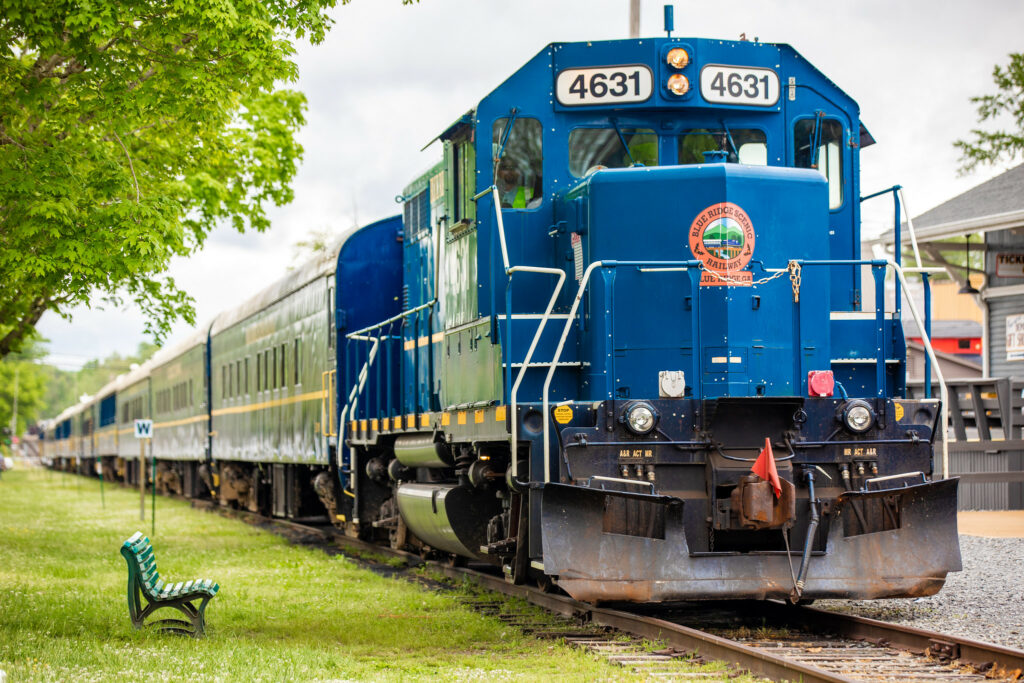
Once an agricultural county, Fannin is now noted both for development of mountain land and for tourism. Mercier Orchard is a profitable business as well as a tourist attraction. Within the total land area of 386 square miles lie large portions of the Chattahoochee National Forest and the Cohutta Wilderness Area. Lake Blue Ridge, a part of the Tennessee Valley Authority power dams, is popular for water sports, fishing, and camping. The Appalachian Trail and Benton MacKaye Trail start at Springer Mountain and run northward across Fannin.
According to the 2020 U.S. census, the population of Fannin County is 25,319, an increase from the 2010 population of 23,682. Incorporated towns are Blue Ridge, McCaysville, and Morganton.


